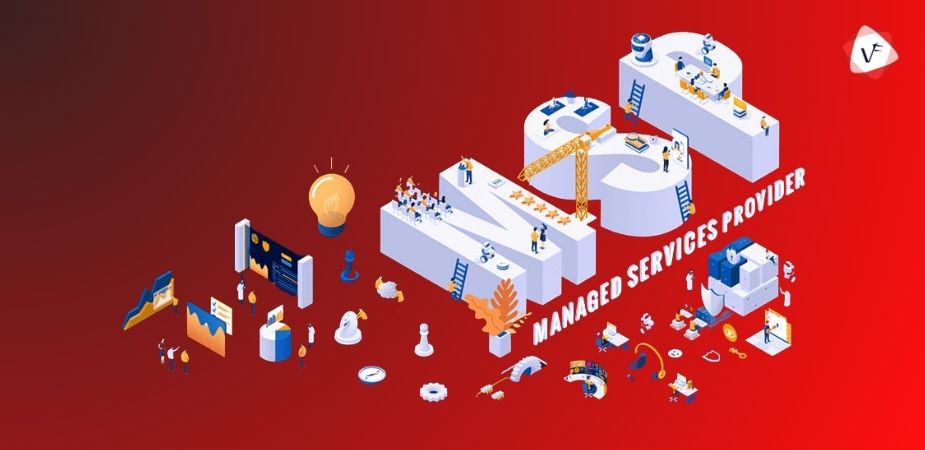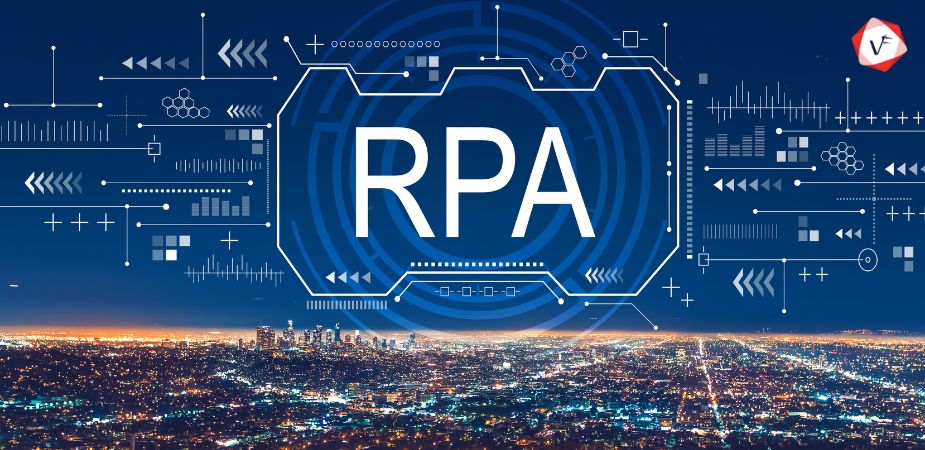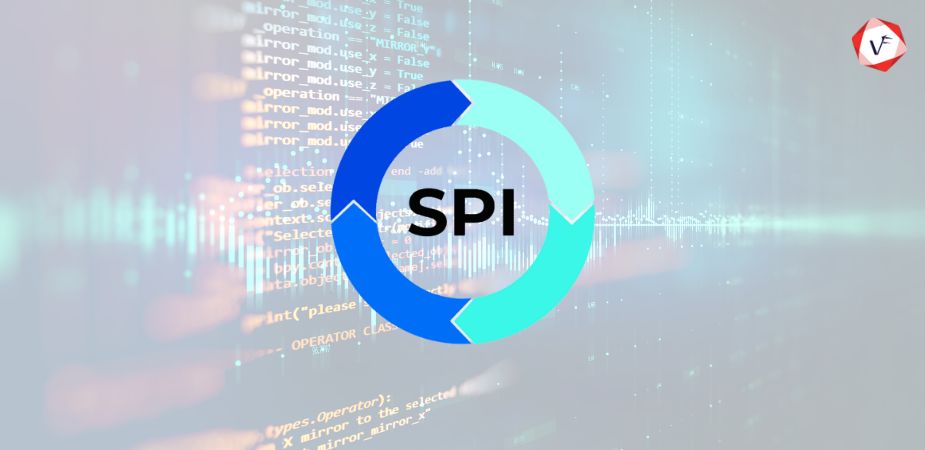The AS/400 platform gained prominence in the 1990s as one of IBM’s biggest successes, and numerous businesses invested extensively in it. This encouraged the creation of numerous vertical solutions with the hope that they would endure. The business world, however, moves quickly through a dynamic environment; the IT landscape of today is very different from that of the 1990s. Modernizing the green screen is seen as a high priority by those who have extensively invested in the AS/400 system and its software as cloud-based digital apps become the new trend. Green Screen is still a viable option, but it needs to be updated in order to survive in today’s IT landscape. Let’s take a look at why the AS400 green screen modernization is important, the challenges faced, and how to complete the modernization process efficiently
The Importance of AS400 Green Screen Modernization
As you attempt to deal with outdated AS400 and IBM i systems, it could cause the company to experience various problems as such systems are not oriented towards the goals. It is well known that legacy systems over time gather defects and other types of issues. Such outdated systems are challenging to incorporate with cutting-edge technologies.
The AS400 modernization offers commercial companies an appropriate option for gaining a competitive edge in constantly developing business settings. Additionally, it gives businesses the option to adapt to the most recent shifts in client requirements and use cutting-edge technologies to become more effective and flexible. We shall now discuss the importance or benefits of adopting AS400 modernization.
1. An increase in revenue
Due to the monolithic structure of the code base, it is very difficult to alter AS400 apps. The modernized app could bring in the most recent services, features, and capabilities. Effective customer service is made possible for businesses. Additionally, it enables a better customer experience, which boosts profitability.
2. Decrease in technical debt
Applications running on the AS400 platform deal with problems including bugs, regular maintenance, and limited scalability. Organizations are consequently compelled to devote a sizeable portion of their development resources to resolving such problems. Businesses can create resilient apps and stop wasting money maintaining obsolete code by proactively modernizing their legacy systems.
3. Improved User Experience
Users may find existing IBM i apps with 5250-based “green screens” unpleasant. Since they have a monolithic architecture, these applications are often rigid and challenging to modify. By modernizing the user interface, including new features and services, and automating manual operations, application modernization significantly improves the user experience.
4. Increased output
Modern technology minimizes the workload for developers and IT employees. It enables people to perform to the best of their abilities. Businesses have a viable option for automating many types of routine tasks due to the modernization of old systems. Businesses can also use it to concentrate on important and high-value tasks. In addition, updated software features and enhanced functions aid in streamlining various processes.
Why consider The AS400 green screen modernization in 2023?
Modernization requires an appropriate strategy, money, and technology to be completed; it does not just happen. In addition, you must have a solid company objective as performance relies on it. Many businesses choose to update their current systems rather than transition to completely new ones since it is more affordable and speeds up developer learning. Through the modernization of host-based applications to satisfy contemporary customer demands, they can increase the value of their IBM i investments. To fully use the capability of IBM i systems and to introduce new user experiences, workflows, and techniques without affecting the source code, programmers offer comprehensive modernization services.
It is a challenging choice to move forward with modernization because many organizations have established their primary operations on the green screen, especially when you examine the potential hazards and financial consequences. But when compared to the competition and customer demands, You should actively consider updating your AS400/iSeries systems in 2023 for the following reasons:
- Staffing
- UX/UI
- Operating System
- Manual Intervention
- Security Issues
Staffing
As these systems are so old, the professionals in charge of them are almost ready to retire. Even with the most advanced forms of automation, CTOs/CIOs cannot leave this equipment running unattended; human involvement is still necessary. Therefore, as the CTO of an organization, you have the option of outsourcing maintenance to providers or choosing a full migration.
UI/UX
The standard green screen that customers must use when utilizing an iSeries system is one of its main shortcomings. It is a good idea to update these green panels to match the more contemporary GUI while keeping all the advantages of the original RPG software.
Operating System
OS 7.2 and even 7.3 are becoming outdated because the iSeries market is embracing newer OS versions like 7.4. Power system users have the option of updating to 7.3 or 7.4, which will have ongoing software support. Organizations employing non-power systems, however, must either update their gear to support newer OS or risk experiencing issues.
Manual Intervention
Automation is an important consideration when thinking about modernization. Both the server itself and the activities performed on these outdated systems need manual intervention. Therefore, any organization using old systems needs a strong automation solution.
Security issues
Although AS400/iSeries systems are extremely dependable, operating an outdated application, database, or operating system can leave your legacy systems open to security risks.
Lack of Integration
Due to a lack of integration, applications operating on iSeries/Power systems remain separate from other software.
The Hardware Problem
CTOs that are skeptical of cloud migration will need to choose the newest power system 9 or higher to take advantage of all the perks because older ones lack security and assistance.
Challenges Of AS400 Modernization
1. Knowledge Shortage
A talent shortage is the largest barrier to modernizing AS400. A team may become even more overburdened by a shortage of subject matter specialists, a lack of practical and technical information, and uneven source code.
2. Fluctuating Conditions
Technology advances at a rapid rate. Therefore, the IBM i platform will not be able to satisfy today’s demands without application modernization. Applications for the IBM i As400 feature a monolithic architecture. As a result, it is far more difficult to adjust to rapidly shifting market circumstances. Consequently, you have two choices to make: Keep pace with the competition first. Second, close your doors. Therefore, you shouldn’t hold off on beginning your IBM i AS400 upgrade until a significant production breakdown has occurred.
3. Poor developer output
Another myth concerning IBM i’s digital transformation is that integrating daily tasks with modernization requirements can reduce productivity for developers. However, IBM i AS400 modernization entails creating a setting where technology can produce business solutions. During the transition process, IBM i application modernization involves ensuring the efficiency of your IT department and establishing teams. In order to achieve this, you must prioritize sales and establish a procedure for answering inquiries as they arise.
4. Expanding capacity
A company’s needs change as it grows. In a nutshell, it is difficult to scale a monolithic IBM i system. Integrating IT with company objectives will always be difficult because of the rising technological deficit. When business changes take place without IT’s assistance, data flow is interrupted, and the core system experiences delays, users come up with solutions.
Organizations must adopt an ongoing delivery strategy, grow IBM i application development, and release these apps faster. Whether they are creating solutions to address business difficulties or offering new client services, organizations must promptly deploy application modifications.
5. High modernization costs
The more expensive the upfront fees, the harder it will be for corporate companies to make the switch to the cloud. The business has to compensate for many unknown expenses, making it difficult to predict the budget for AS400 modernization.
Steps to follow for an efficient modernization process
1. Analyzing Current situation
Analyzing the current legacy system is an excellent way to start. Engage AS400 specialists to do a thorough investigation to pinpoint problems users are having with the system and potential areas for modification. The evaluation must be organized and accurate, evaluating every component of the legacy system, including its functional requirements, physical environment, technological requirements, reliance on third-party APIs, database management practices, and security precautions.
2. Setting objectives
A significant initial phase in the modernizing process is this. Businesses can clearly see their challenges and identify places for development by looking at various components of the system. As a result, they can create a well-thought-out modernization approach and set reasonable short- and long-term targets.
3. Preparing a Plan of Action
Convert your comprehension of the difficulties and launching points into a detailed action plan. Moving from a wider aim for development to the precise technical objectives you can accomplish through app modernization is necessary. Choosing the appropriate service providers that can offer your required services is another phase in this process.
4. Strategizing modernization
Create a strategy and timeframe with purposefully arranged-out app modernization missions that each offer quality without interfering with ongoing business activities. In this stage, you plan how procedures and responsibilities will shift as you modernize each software program, drawing on your knowledge of your current position. In this step, outside assistance is very helpful because internal viewpoints on operations and connections are frequently imprecise.
Choosing an appropriate strategy.
After defining the issue and the desired outcomes, it’s time to select how the application will be modified. There are various popular modernization strategies with differences in the level of detail, expense, risk, and total effect. Businesses can select any based on their needs, objectives, and constraints.
They are :
1. Retain
Components of the AS400 application are kept within the new architecture in this low-risk strategy. APIs are created to link the system’s current components with the old application.
2. Rehost
Rehosting, often known as the “lift and shift” method, moves legacy IBM i components to an alternate setting with little to no code modification. Rehosting is quick, simple to install, and creates a strong platform for future progressive improvements.
3. Replatform
The system’s features and functions, as well as the code structure, are preserved as the application’s components are transferred to a new runtime platform. Organizations can easily achieve enhanced performance by re-platforming.
4. Refactor
In order to decrease technical debt, the code have to be reorganized and optimized. Refactoring entails a few backend adjustments but no significant changes to the front end or the functionality provided.
5. Rearchitect
The code has undergone considerable changes, and it has been moved to a new architecture with more advanced features. The application’s robustness and flexibility are increased while its overall cost of ownership is decreased.
6. Rebuild
Full rebuilding of the AS400 application from the start without modifying its functionality or requirements is the most pricey option. The most important components could be created and put into operation first, then the remaining components, and so on until the whole application has undergone modernization, using this strategy.
7. Replace
The old AS400 system is retired and replaced with a brand-new one that better suits the demands of the company. This method, which is frequently accomplished using SaaS platforms, requires a lot of preparation for how the data will be moved to the new system or how to minimize interruption during the switch.
Why should You Pick a Reliable Modernization Partner?
It is highly doubtful that the internal teams will have the necessary knowledge or resources to choose the best modernization strategy or cloud service because modernizing AS400 systems is a specialized competence. A business can achieve a seamless transition by working with a reputable AS400 application modernization company. Find a technology partner who has a lot of experience modernizing legacy applications and who has a track record of successfully modifying technology and systems. Select a DevOps and Agile-focused team to get the most out of your IT investment.
At Vofox Solutions INC, we manage all aspects of IBM i modernization, from evaluating your current system and developing a solid modernization plan to completely reconstructing your application to offering support. Always seek the opinion of a professional before beginning the method of modification. You can establish an entirely fresh interface with the least amount of delays by following the advice of our experts. To learn more, get in touch with us.





